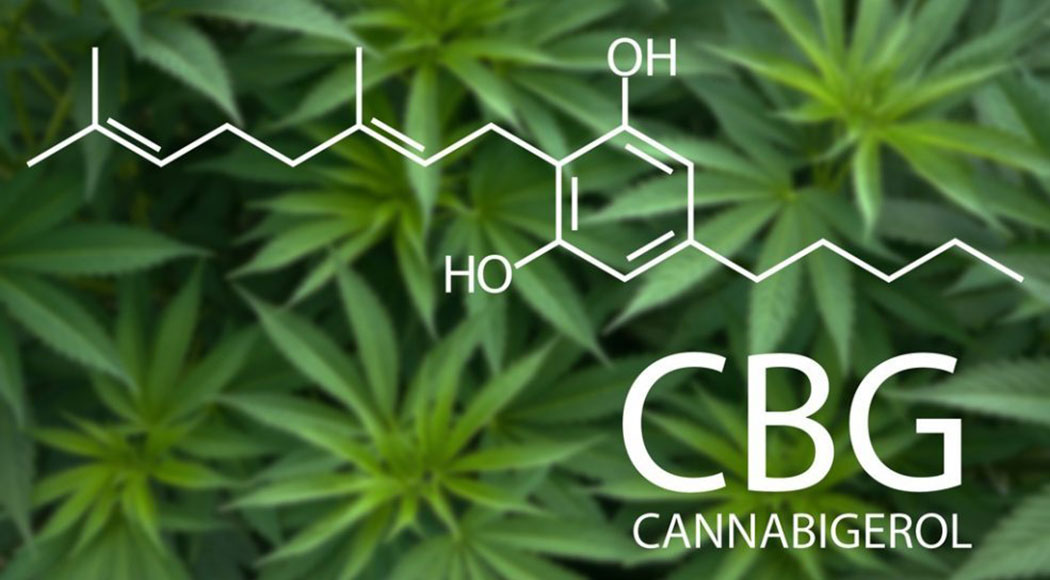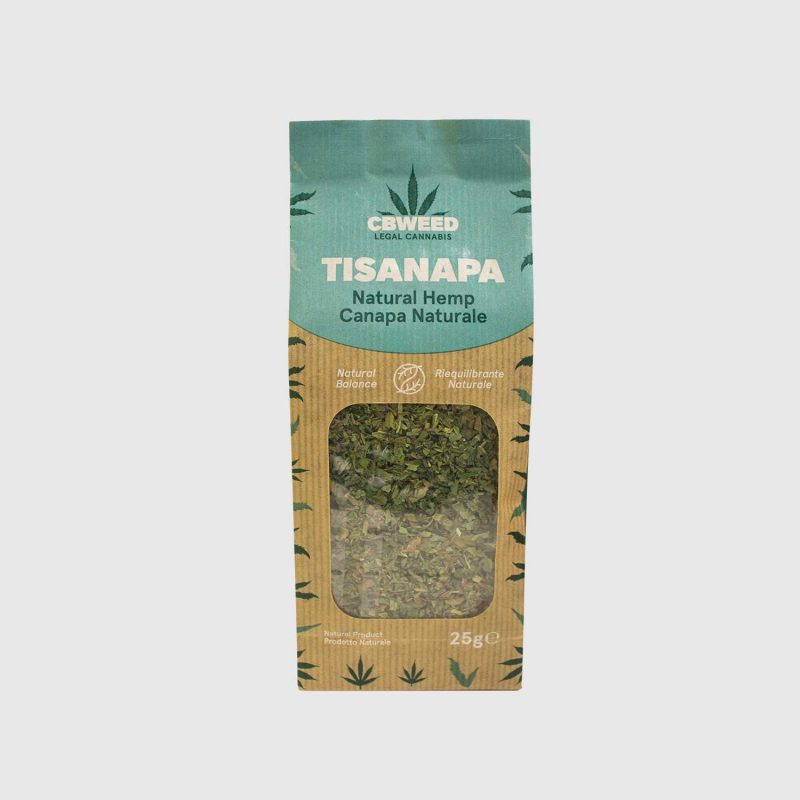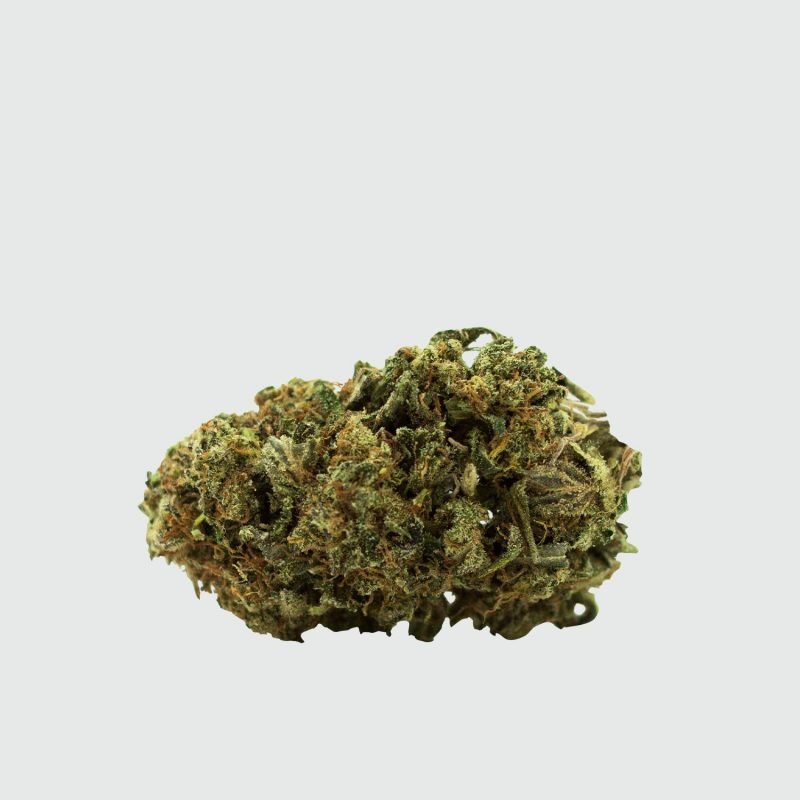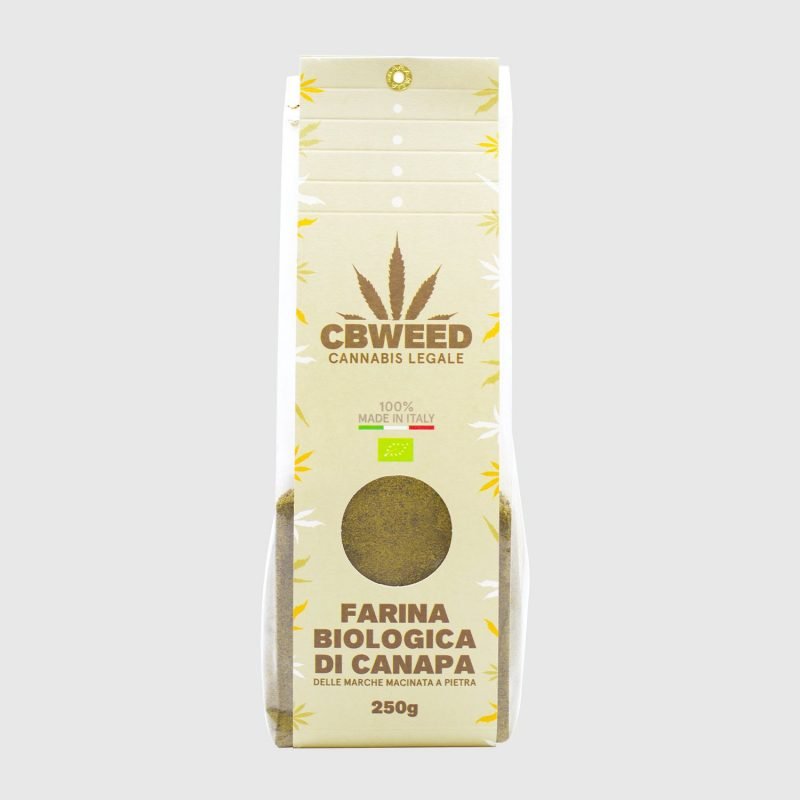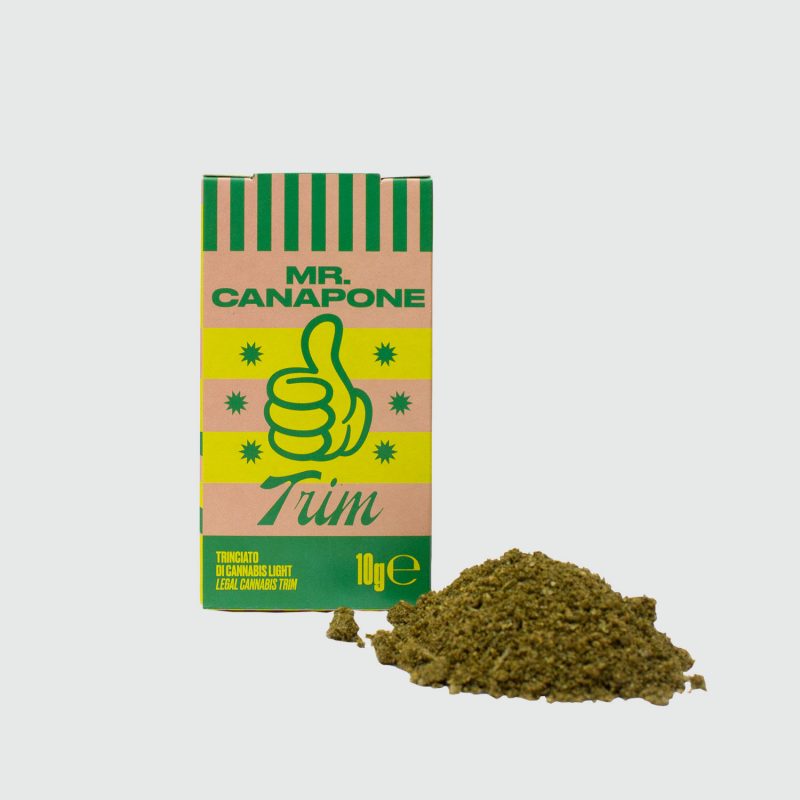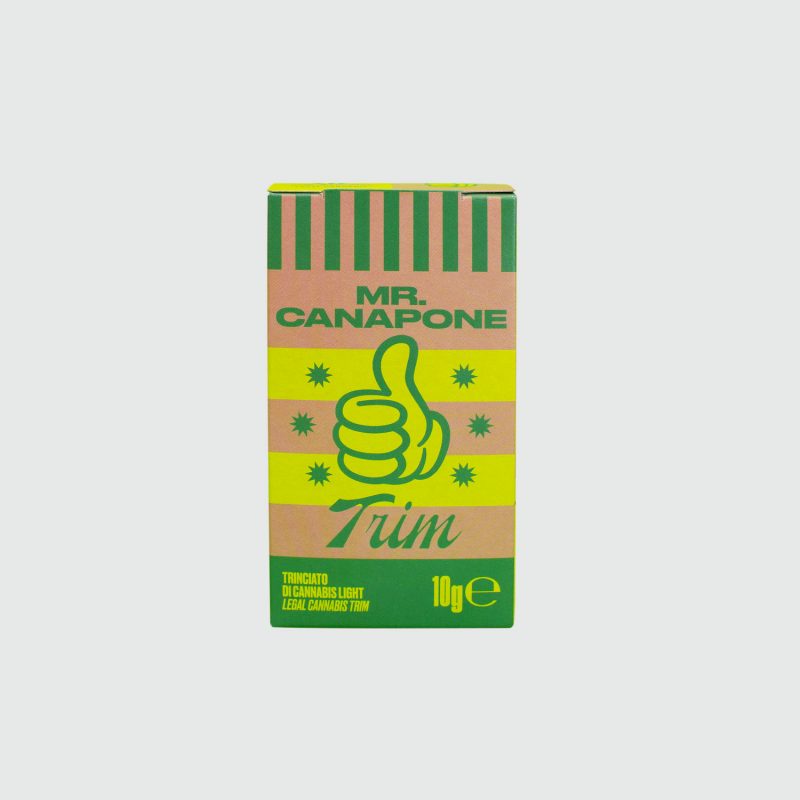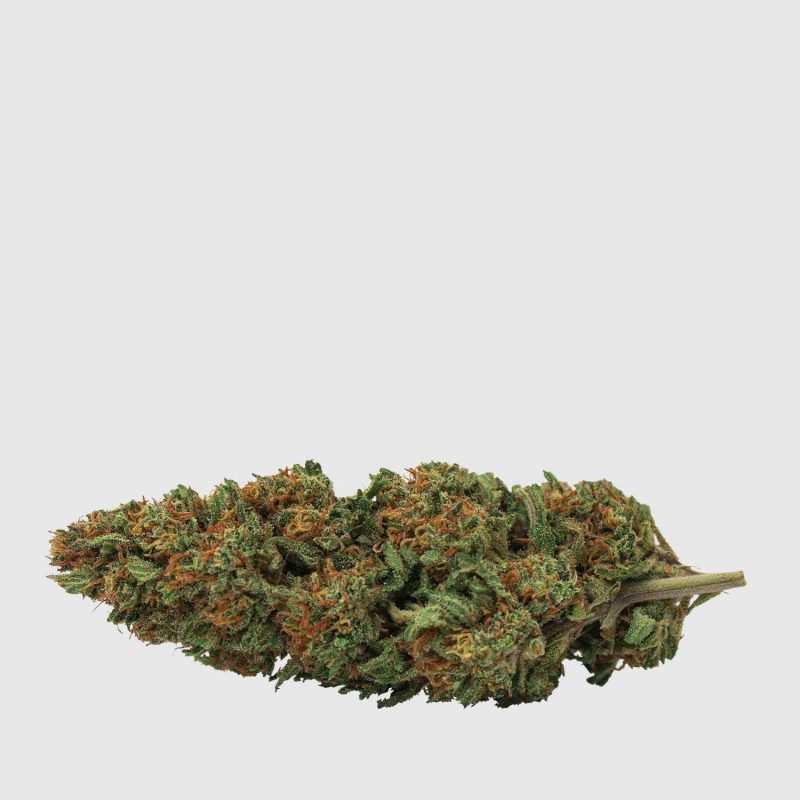What is and what are the effects of CBG (cannabigerol), a therapeutic cannabinoid
Things are changing quickly in the world of cannabis think that until yesterday very few knew about the existence of CBD and THC, while now it is the new cannabinoids that promise miracles. In particular, there is much talk in the scientific field of CBG, which could be the next cannabinoid to attract the attention of medicinal research, in this article we talk about cannabigerol and its promising qualities.
CBG (or more elegantly cannabigerol) is the cannabinoid that develops first in the cannabis plant. This molecule that until recently was ignored by researchers is now a source of high expectations, and it has indeed been discovered that it is responsible for the development of other cannabinoids, such as CBD and THC.
In the genetics selected so far, it usually is present in a minimal part, and there is even talk of quantities lower than 1%. Still, it seems that the search for high CBG strains has already started since it has been hypothesized that this cannabis molecule may have beneficial qualities for the human body.
What is CBG, also known as Cannabigerol
We said that CBG has a significant role in cannabinoid production and positive health effects. Let’s start by trying to understand what it is and how it differs from other cannabinoids. First of all, you need to know that it is a phytocannabinoid and the human endocannabinoid system doesn’t produce, only plants do. Unlike THC, it is not psychotropic; therefore, it does not alter perception and does not give a high effect. It is present in minimal quantities in cannabis but is a determining factor because it is the first cannabinoid to develop in plants and is in all respects considered the “stem cell” of cannabis. Its maximum concentrations are detected in the flowering plant: from this moment, the enzymes convert CBGA (cannabigerol acid) to THCA (tetrahydrocannabinolic acid) and CBDA (cannabidiolic acid) – the precursors of tetrahydrocannabinol and cannabidiol. Then sunlight will activate the decarboxylation and transform these acid cannabinoids into those we know well. In practice, in the collected and dried plants, more THC or CBD develops and less CBG remains, potentially by collecting the plants in advance, a final product with generally higher levels of CBG can be obtained.
What are the effects of CBG?
Like any other cannabinoid, CBG has the ability to interact with the endocannabinoid system and give essential stimuli to the human body. The results obtained from the experiments carried out on this molecule are manifold. They are still decidedly uncertain, but the sure thing is that in the scientific future CBG will have great importance.
The studies carried out so far attributed to him the ability of tumour growth inhibitor, that of neuroprotector, appetite stimulant, suppressor of autoimmune and immune responses. Another critical juncture in which scholars have concentrated a lot is that of pain management it seems that CBG can inhibit the transmission of painful and inflammatory stimuli to the brain by acting very effectively as a pain reliever and also anti-inflammatory. Furthermore, it seems that CBG activates the CB1 and CB2 receptors of the endocannabinoid system, influencing the central nervous system. It can obtain different results, such as fighting the anxiety-provoking states, which are possibly triggered by THC and its psychotropic effects and perhaps also having antidepressant-like implications.
CBG and Huntington’s Chorea
In 2015, a fascinating study by the Instituto Universitario de Investigación en Neuroquímica of the Universidad Complutense in Madrid investigated the neuroprotective properties of CBG in particular about hindering the progression of Huntington’s disease. Chorea (or Huntington’s disease) is a very severe and degenerative hereditary disorder that causes cellular degradation of neurons and that triggers clones, uncontrolled movements, psychiatric and mnemonic problems to the point of causing death (usually in 10/30 years from the advent of disease). Every individual who has inherited the “mutated” IT-15 gene sooner or later in his life will develop the disease and for long-time research has been focusing on the possibility of identifying a kind of protection for these people to avoid the onset of deterioration. of the pathological condition. In CBG, the researchers found promising results. They hypothesized that its use, in conjunction with that of other phytocannabinoids, may have profoundly positive effects against neurodegenerative diseases, especially Huntington’s Chorea for which there is still no definitive cure.


 Italiano
Italiano

